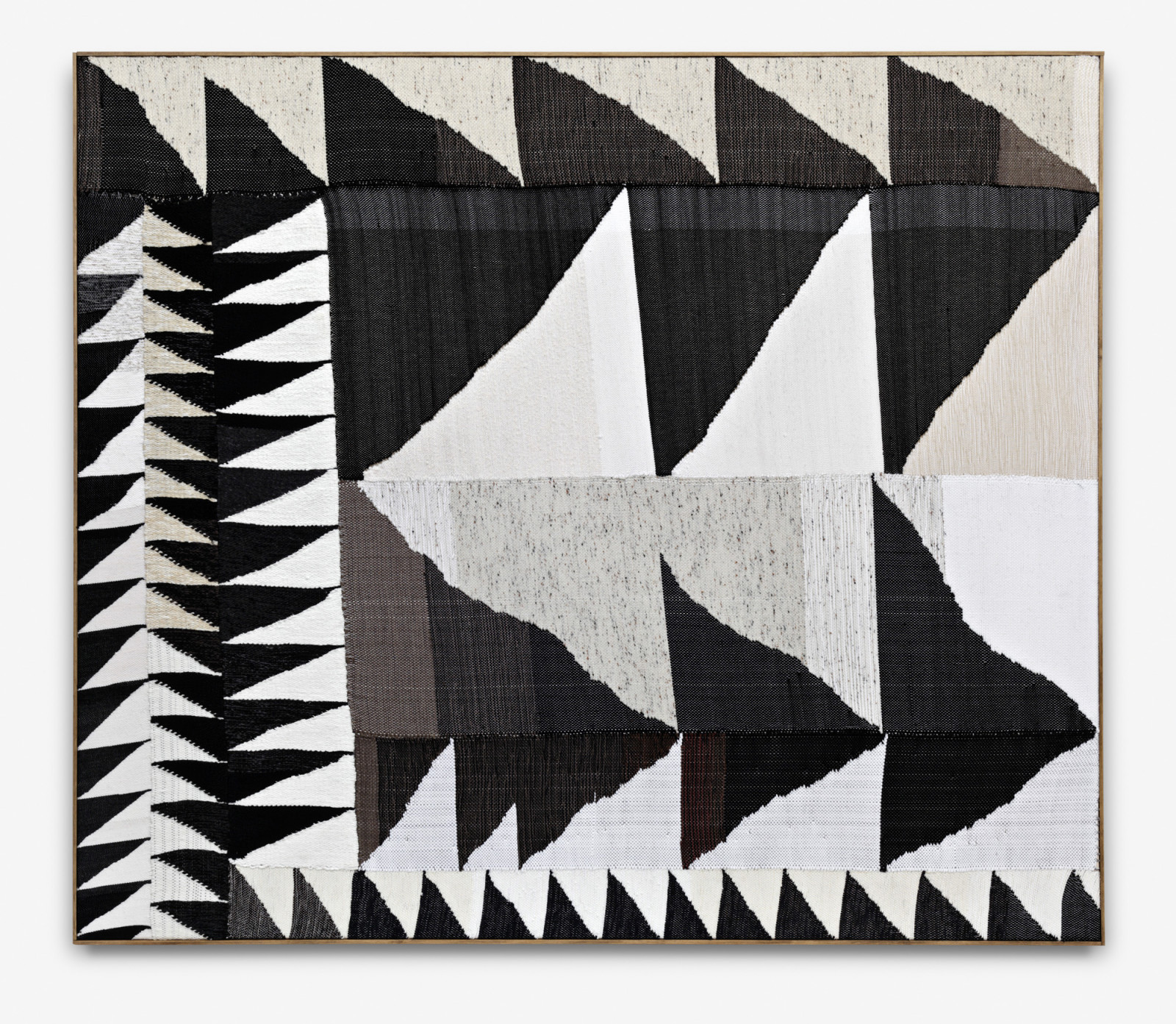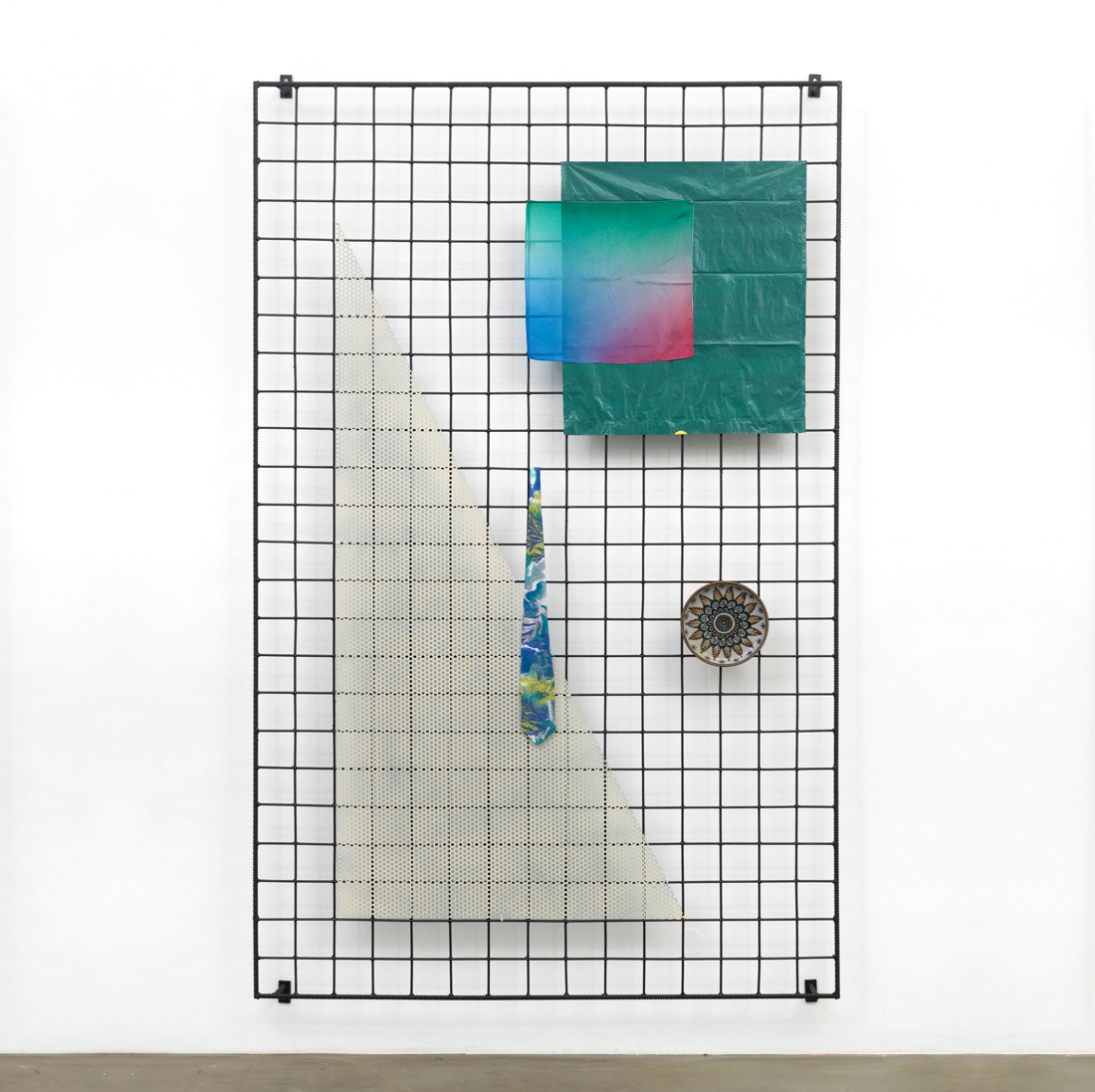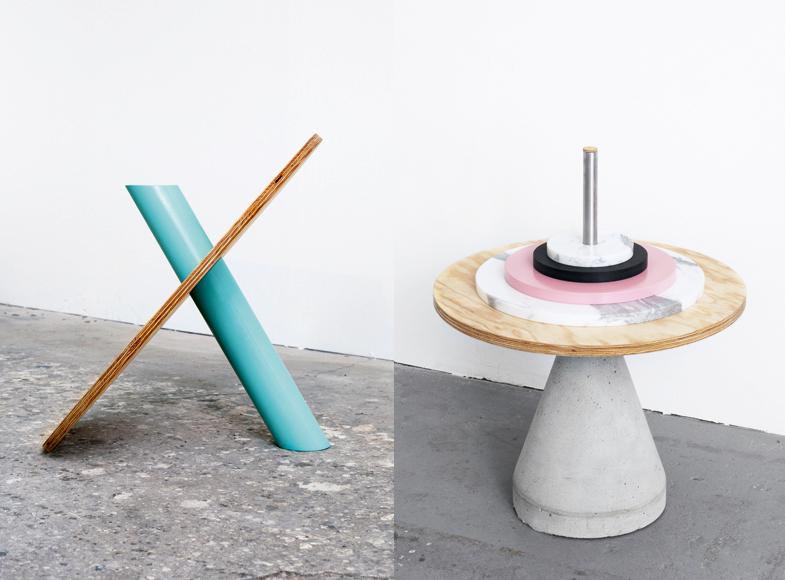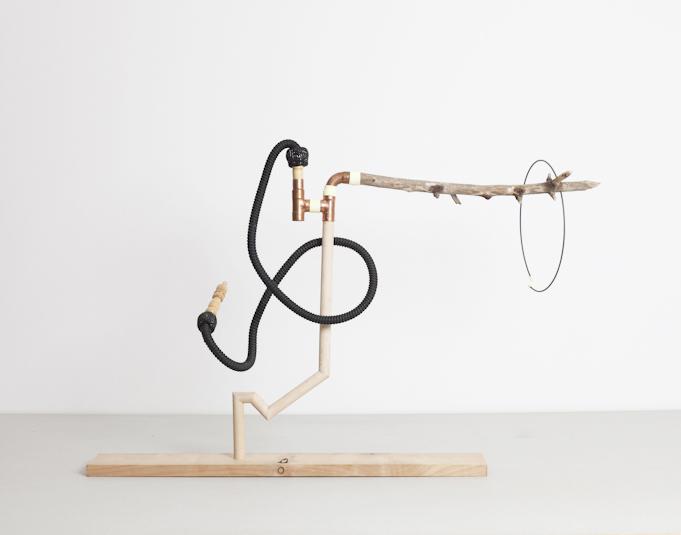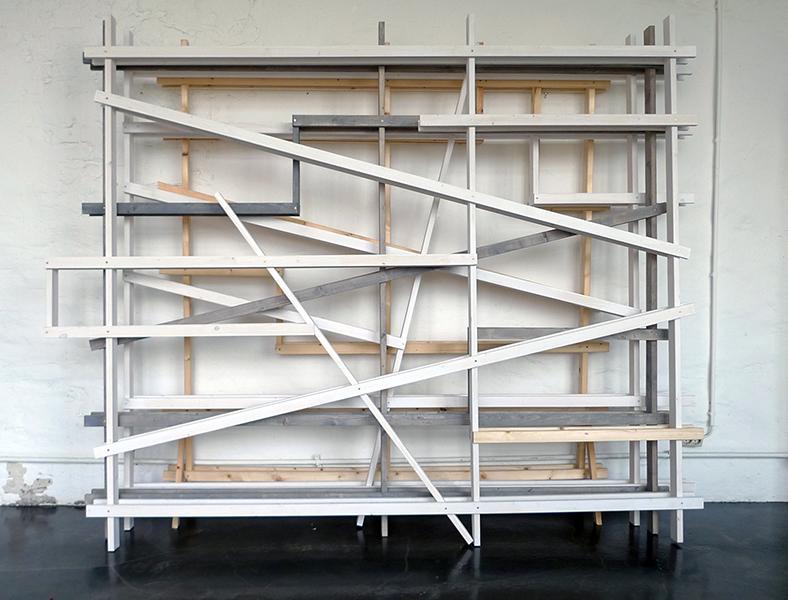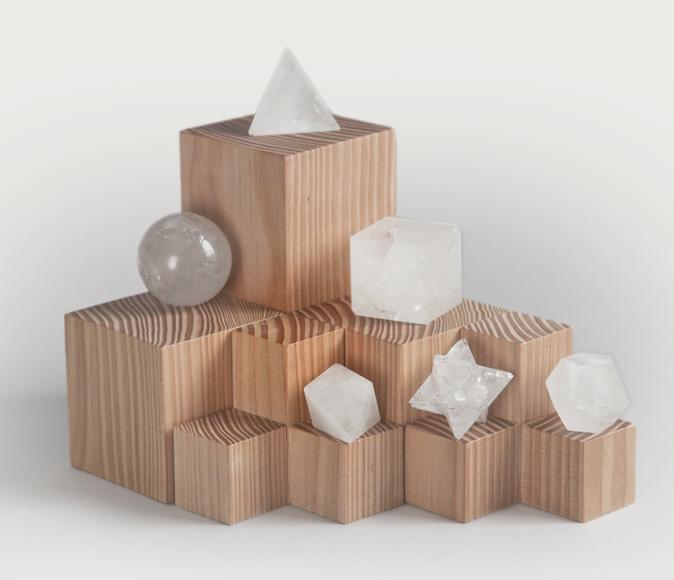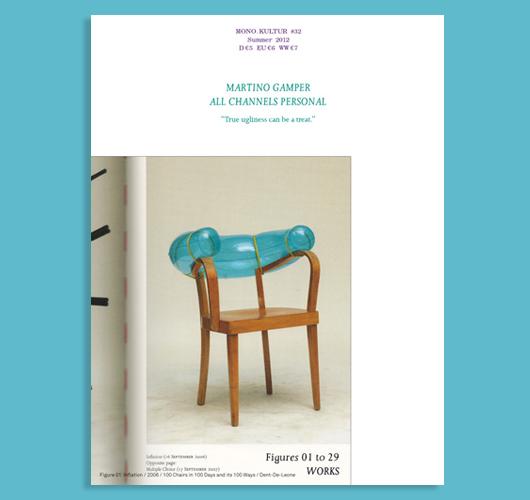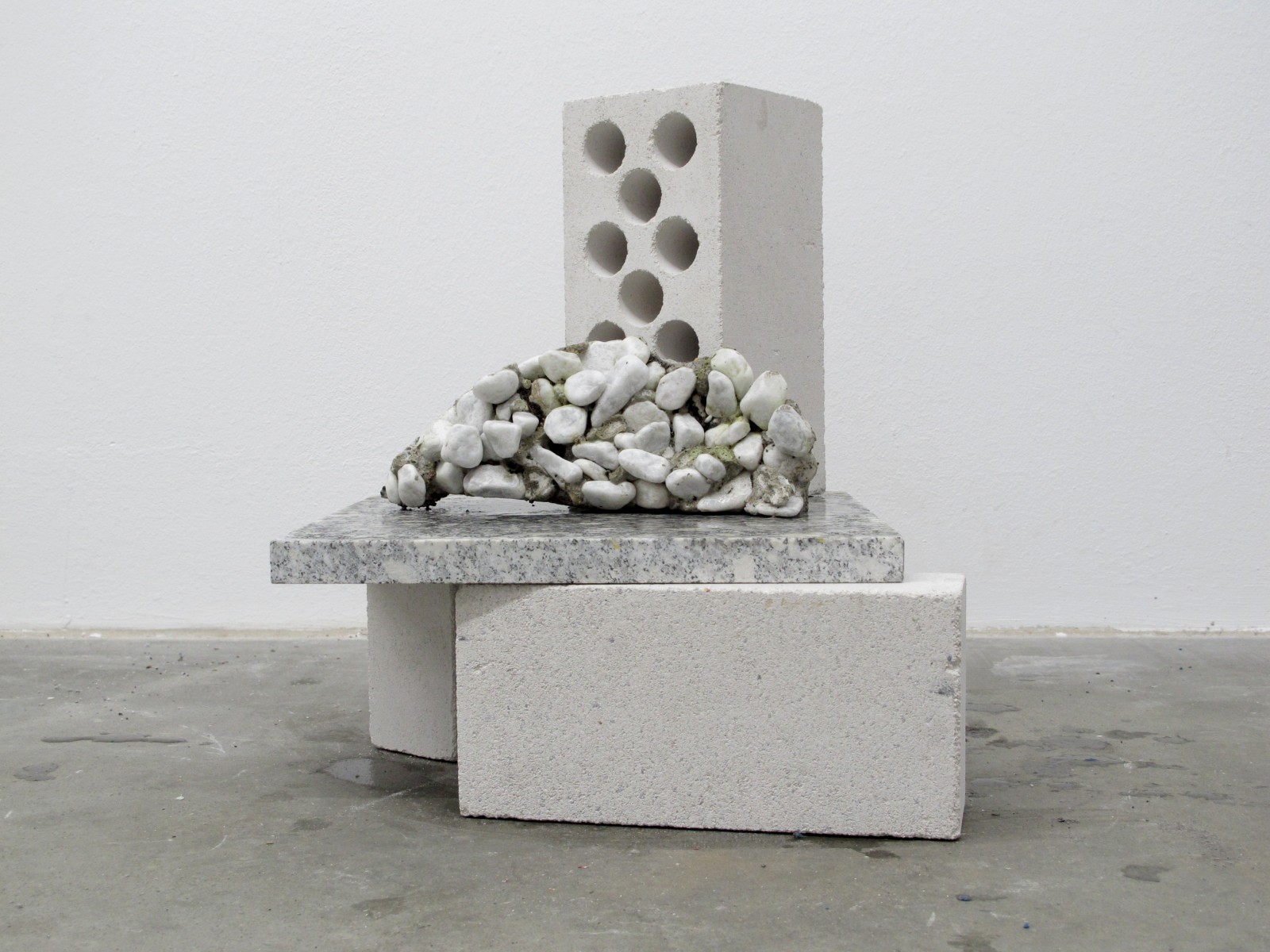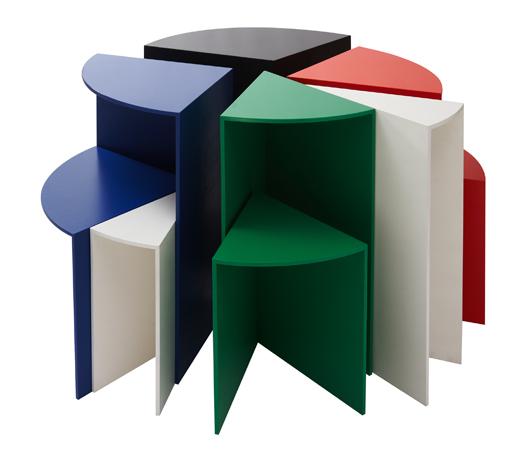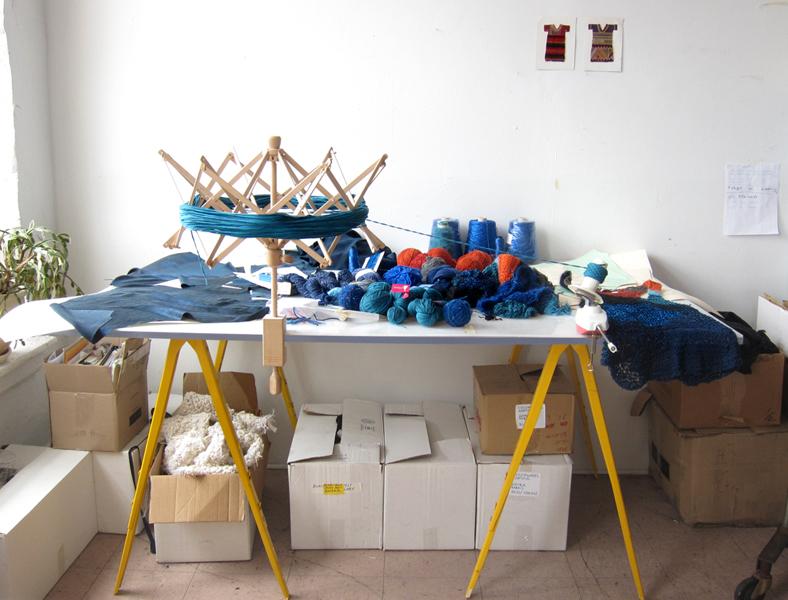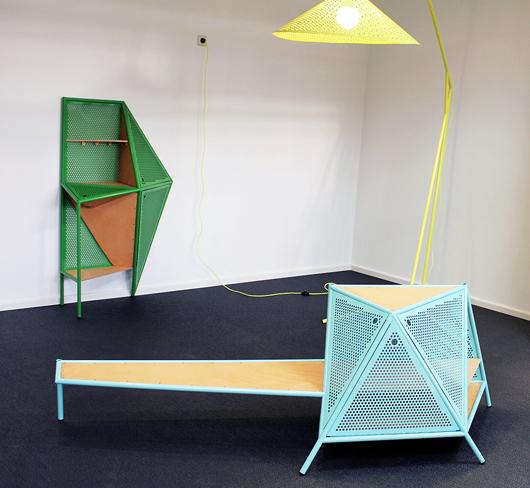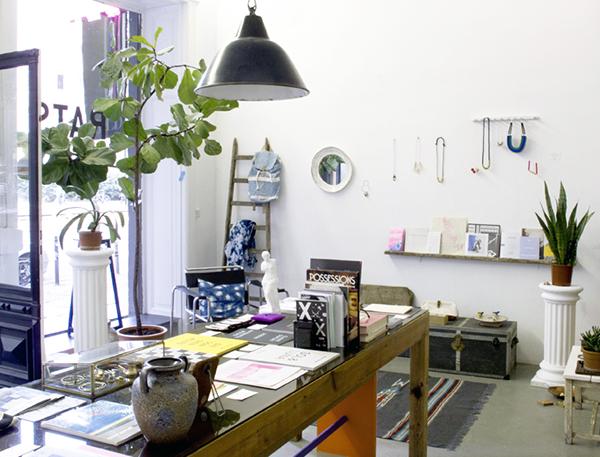
08.01.13
What They Bought
Keren Richter and Gabriel Kuo’s RATS Pop-Up Shop in Berlin
Talk about the right place at the wrong time: I left Berlin to come back to New York two weeks ago, and thus managed to miss what may end up being the coolest event of the summer, tonight's opening of Keren Richter and Gabriel Kuo's RATS pop-up shop in Mitte. Kuo, who's an art director and graphic designer, and Richter, an illustrator and artist, are both longtime New Yorkers who (like me) consider Berlin as something of a second home; for RATS, they joined forces to bring the German capital a strange sampling of some of their favorite objects and oddities from New York and beyond, everything from Fort Standard bottle openers to Knicks hats to strange souvenirs they've acquired on their travels. If you're in Berlin or headed there, don't miss the chance to visit the shop at Torstrasse 68 before it closes at the end of August. Otherwise, get a virtual sneak peek at it here, alongside an interview with Richter and Kuo about how and why they put the RATS project together.
